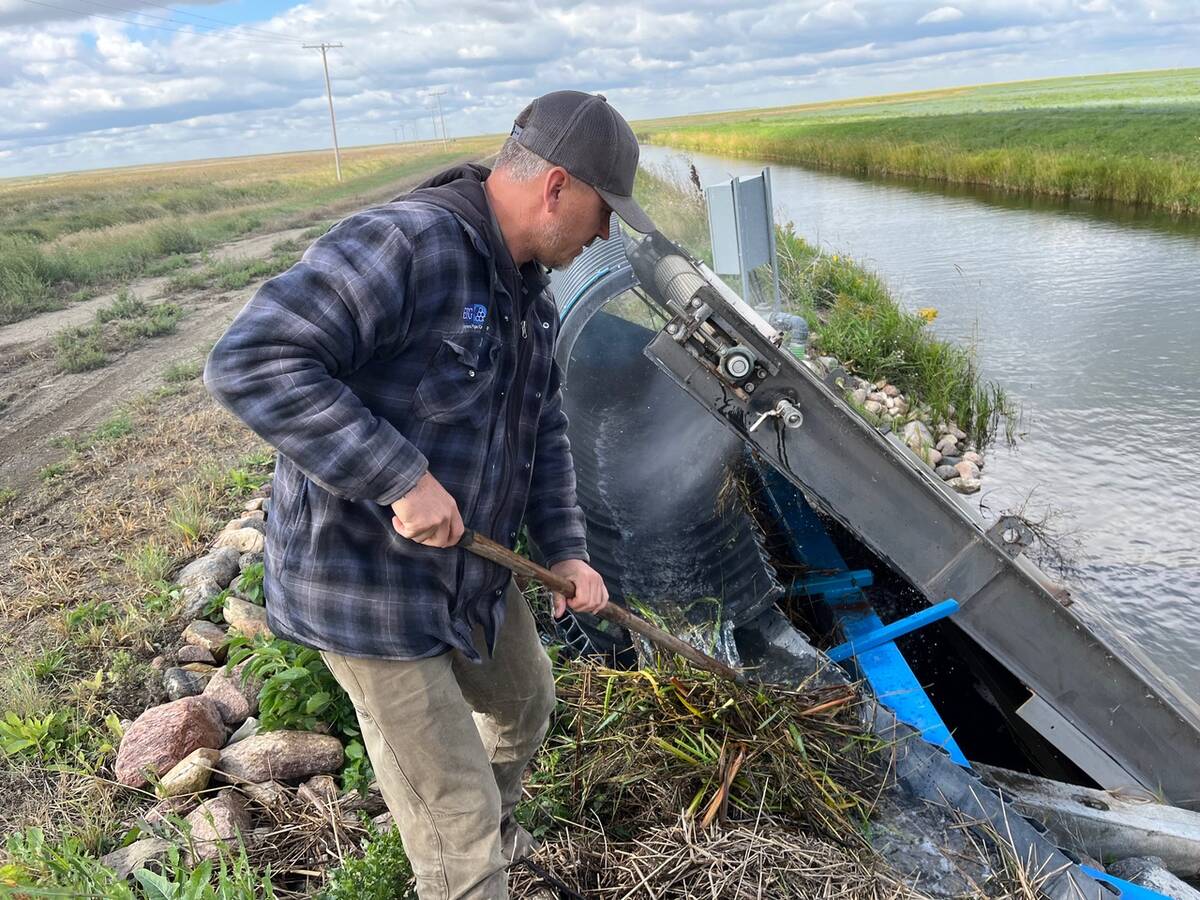An increase in population and demand has sparked duty free imports
RED DEER — Eggs have cracked their anti-nutrition image.
Canadians have been eating more eggs for the last eight years, with consumption increasing by more than three percent last year.
Egg Farmers of Canada chair Peter Clarke called it a good news story, considering the bad rap eggs have received for contributing to high cholesterol.
The flip side of the story is that increased population and higher demand for eggs, especially in Ontario and British Columbia, have prompted duty free imports from the United States to fill shortages.
Read Also

Saskatchewan farmer uses tile drainage to manage water
The integration of both irrigation and tile drainage results in higher yields, water efficiency, improved soils and less nutrient runoff, says one producer.
“These are tractor trailer orders of eggs that are coming in,” Clarke said in an interview following the Alberta Egg Farmers annual meeting in Red Deer Feb. 24.
The national organization has applied to the Farm Products Council of Canada for more quota, and both sides are debating how that can be accomplished.
“When we go forward with an allocation, we have to justify it sometimes … and they feel we haven’t done enough to allocate that quota,” he said.
The council allowed producers to place more laying hens in recent years, but the expected production from those birds did not seem to materialize, said Laurent Pellerin, chair of the farm products council.
Egg allocations are based on past requirements, but the current formula is not working correctly to predict future needs, he told the meeting.
The council approved more quota last fall, but also questioned current production, saying it is concerned about creating a surplus of table eggs in some provinces and continued shortages in others.
Supply management is meant to produce the right amount for the country, Pellerin said, but 1.7 million of Canada’s 22 million hens are not producing.
“If we have a shortage in the system, where are those eggs coming? from those 1.7 million layers we approved in the last three years?”
If they were in production today, it would almost equal the amount being imported, he added.

















